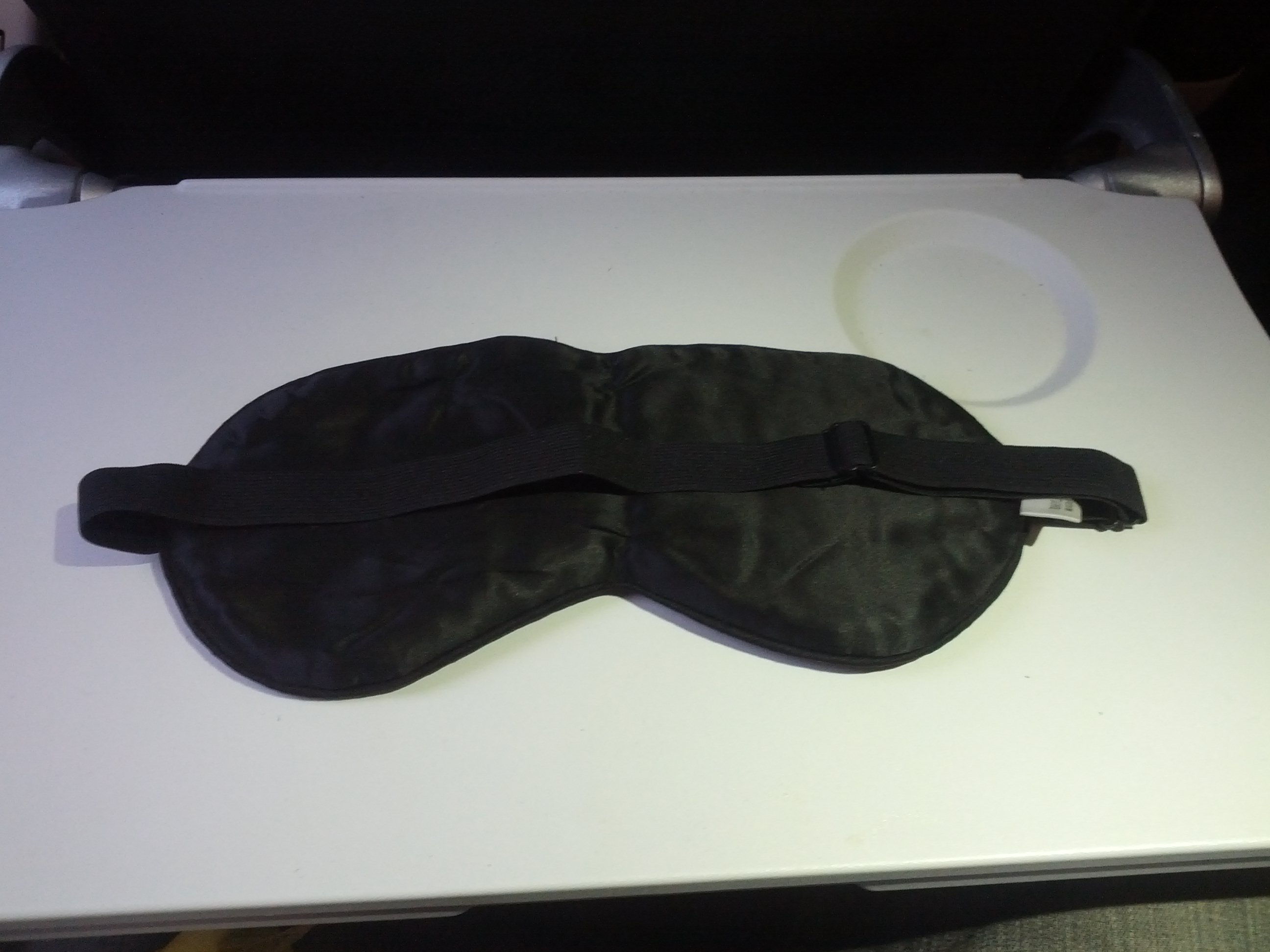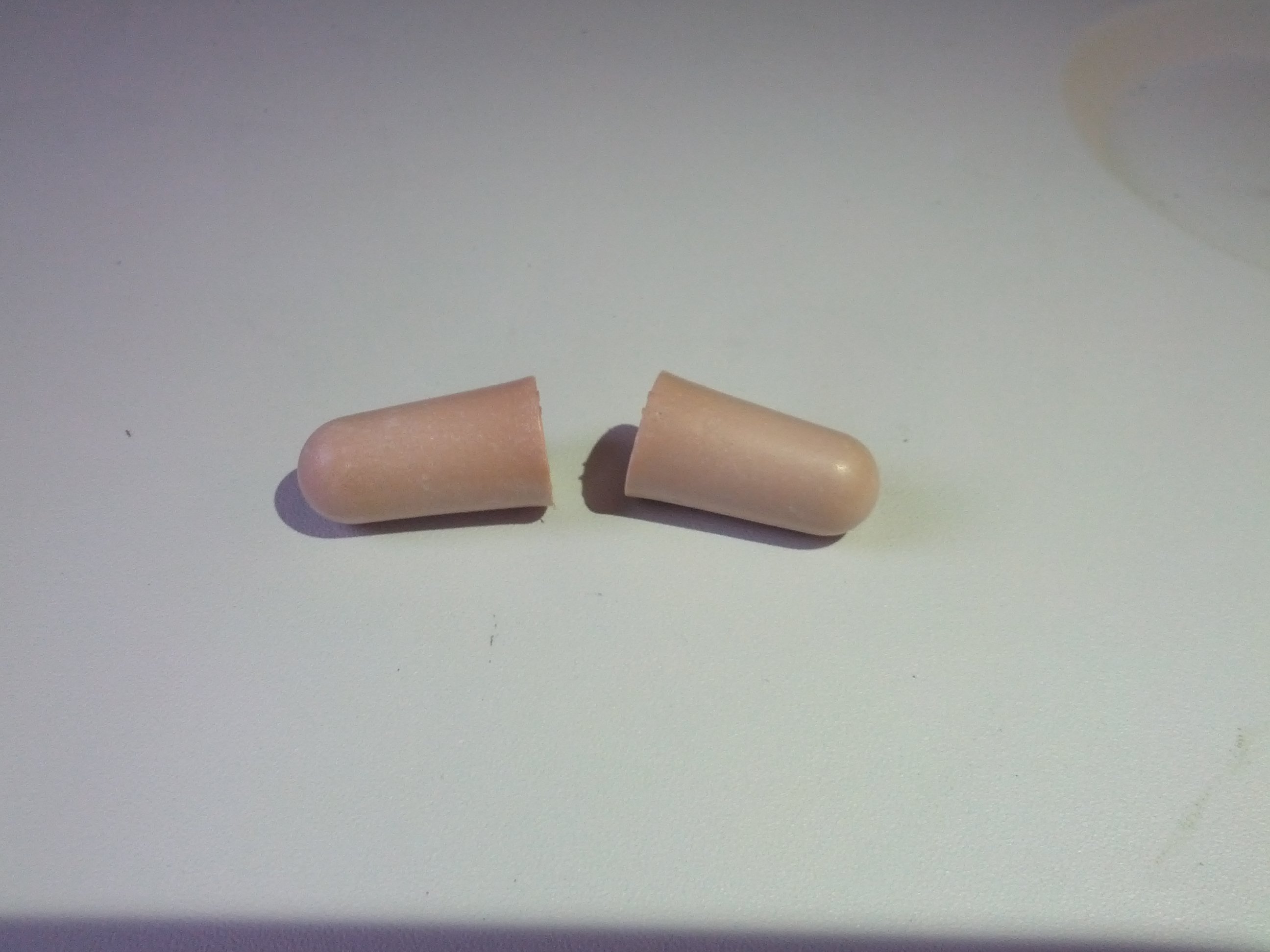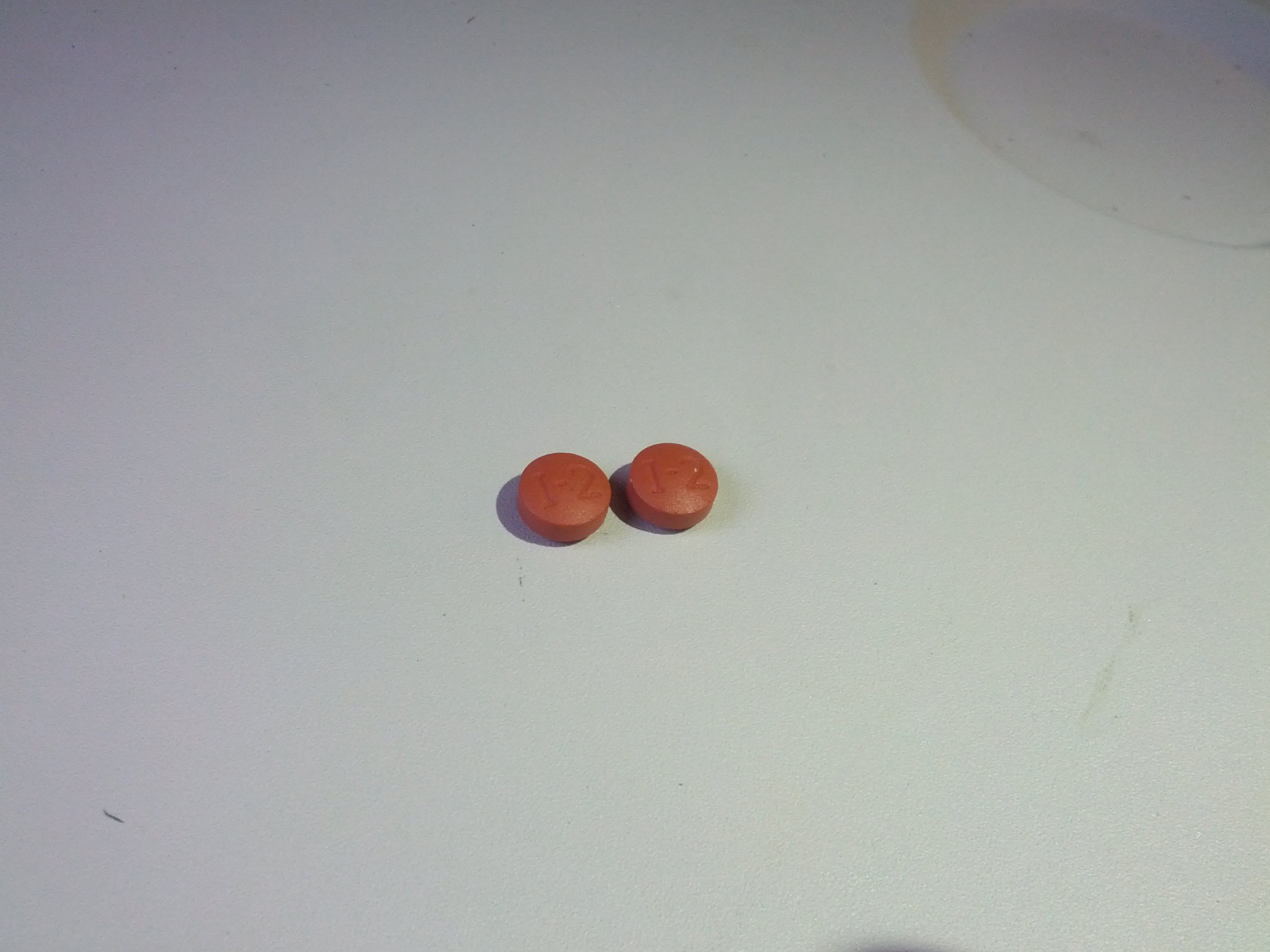I love travelling, so I’m no stranger to occasional long distance travel. But, since I moved to Berlin last November, I’ve reached another level: In 6 months I’ve crossed an ocean 7 times. I used to be a mess after every flight, but at this point I think I’ve got most of it figured out.
Other than a few simple rules, like drinking lots of water, most of what has helped has been a few simple items.
I’ve got all of them with me right now, since I’m writing this at the end of a trip from San Diego to Berlin, so I want to make a list while it’s easiest. Every traveller should have most or all of these at the ready for all their trips.
Eye Mask
This is one of the cheapest, but probably the most important single item for travelling. Without sleeping on a long flight, it’s simply not possible to be ready to go quickly once you arrive, and above all else your body uses light to decide when to sleep.
I used to try to put a blanket over my head, blocking out only some of the light
but nearly drowning me in warm air, and I still see people do this. A good eye
mask is still cheap, but blocks out more light than any blanket, and more than a
cheap eye mask like the one you might be lucky to get on some airlines.

Noise Cancelling Headphones
Even the newest airplanes are loud. The engines are loud, the passengers are loud, the in-flight announcements are loud. A few minutes of this is ok, but after ten hours, loud noises cause fatigue as much as anything else.
Fortunately, in the last few years the amazing technology of noise cancelling headphones has emerged. These use advanced signal processing to actively reduce the loudness of ambient sound around you. They work best with consistent background noise, so they’re perfect for the endless drone of the engines.
They cost a bit more than even a good pair of over the ear headphones (which are
good at insulating from sound, but don’t come close to active noise
cancellation), but they’re worth it since you can use them every day.

Earplugs
Before noise cancelling headphones, earplugs were our best defense against noise, but they aren’t useless today. If nothing else, being able to switch between earplugs and headphones keeps either from getting too uncomfortable.
On the loudest flights, using both may be what’s required to get some peace.

Neck Pillow
For those of us who don’t get to fly business class, there aren’t many positions that really let us rest on a plane. My neck and my back are what get tired and uncomfortable the most. A neck pillow can at least help a little bit.
I have to admit I still haven’t found a really good one. All the ones I’ve tried, including my own, just don’t feel firm enough. I try any new ones I come across, and would be willing to pay for a good one, but so far the one I got at Target for $15 is the best.
Spare Contacts and Glasses
I can’t sleep in my contacts. My eyes quickly dry out, my contacts stick to my
eyes, and its all no good. Fortunately I wear daily lenses, so throwing away a
pair is no big deal. It took me way too long to realize it, but bringing spare
contacts on the plane, in an easy to reach place, is a super simple way to make
flying a lot more comfortable. Glasses help too if I’m not sure I want to put
another pair of contacts in just yet.

Advil
I get headaches all the time. I get the worst headaches when I’m dehydrated. It’s really easy to get dehydrated on a plane. I almost always get really bad headaches when flying. So if I don’t bring something to help with my headaches, I’m pretty much miserable when flying.
I first started bringing Advil, but in my carry on bag that was not easy to get
to during most of the flight. Now I just put some right in my small bag that’s
always with me. Whenever I feel the need I can find some water and take some
Advil. This mostly cures my headaches and makes flying so much better.

Food
I really can’t stand airline food. It’s not that healthy, not at all fresh, and tastes terrible. These days I generally plan on bringing enough food to keep myself alive for an entire day or so. That way there’s no chances of getting hungry and not being able to do anything about it, or eating bad food and feeling terrible after.
My go to flying food is simple stuff: bagels or other bread, some whole fruit
(bananas are perfect because they’re already well packaged), and some sliced
meats. Eating something fancy may seem nice, but usually I’m too tired to really
enjoy eating anyway, and getting sick on a plane is no fun at all.

It’s taken me a few years to really settle on all these essentials, but now that I have I can generally handle anything that comes my way on even the longest flights. Now I just need to work on conquering the jet-lag that comes after.